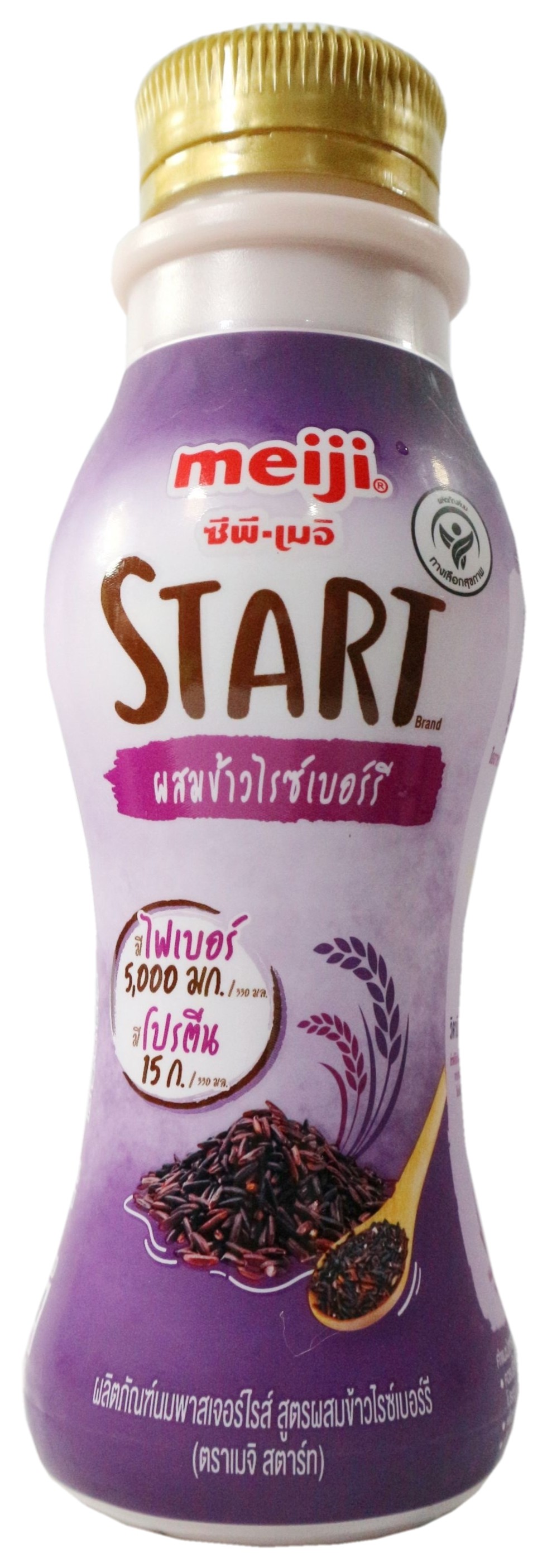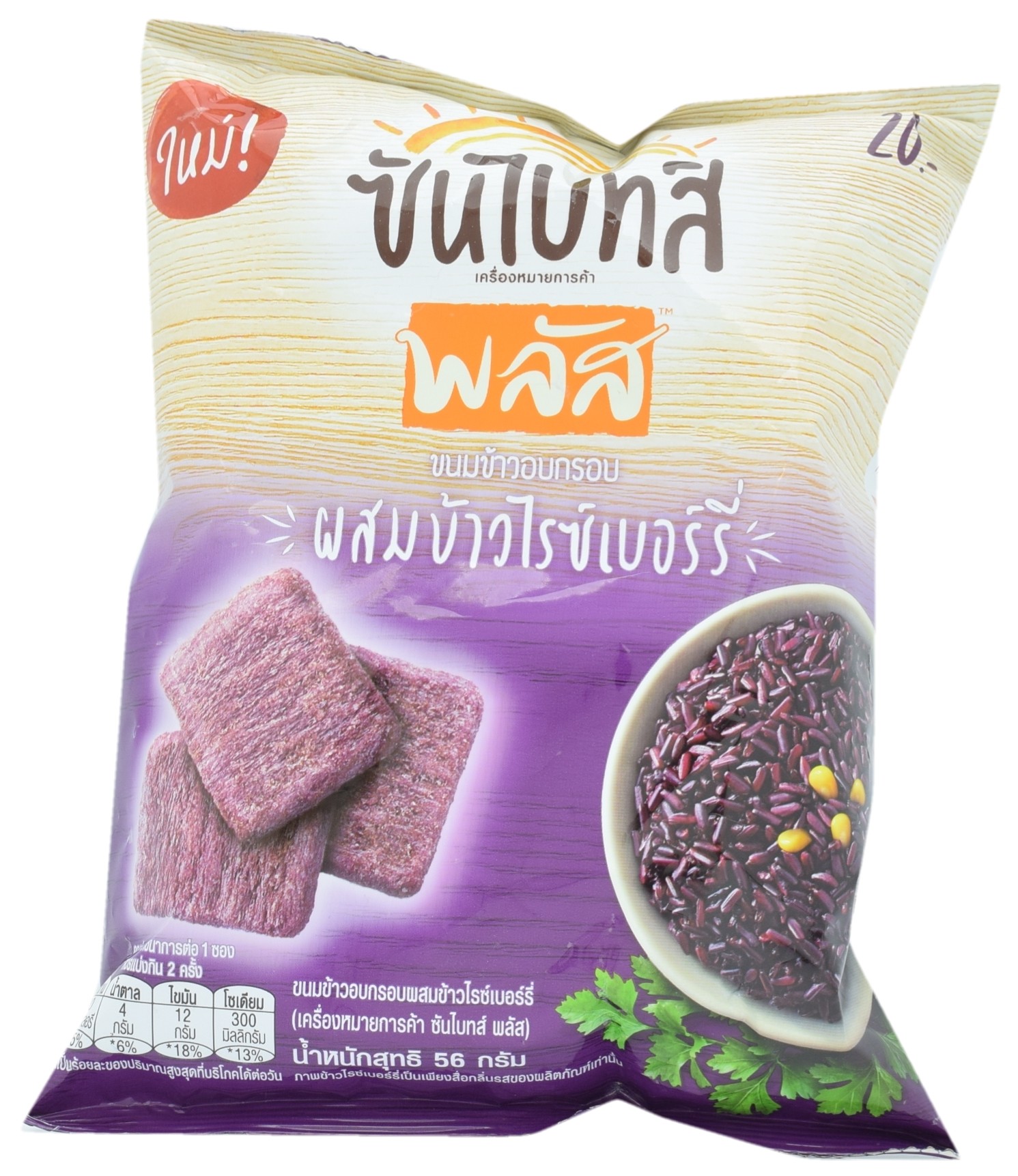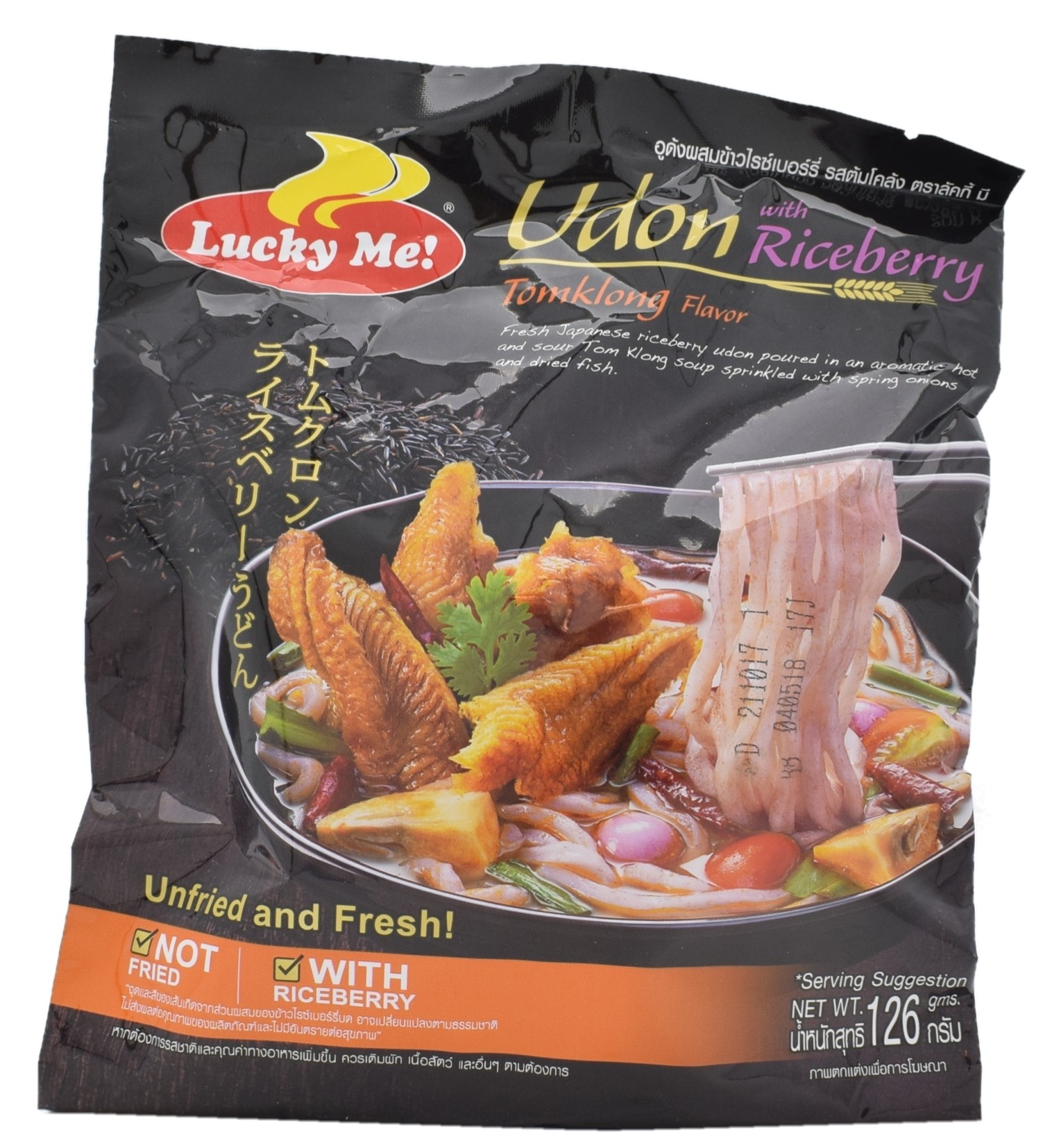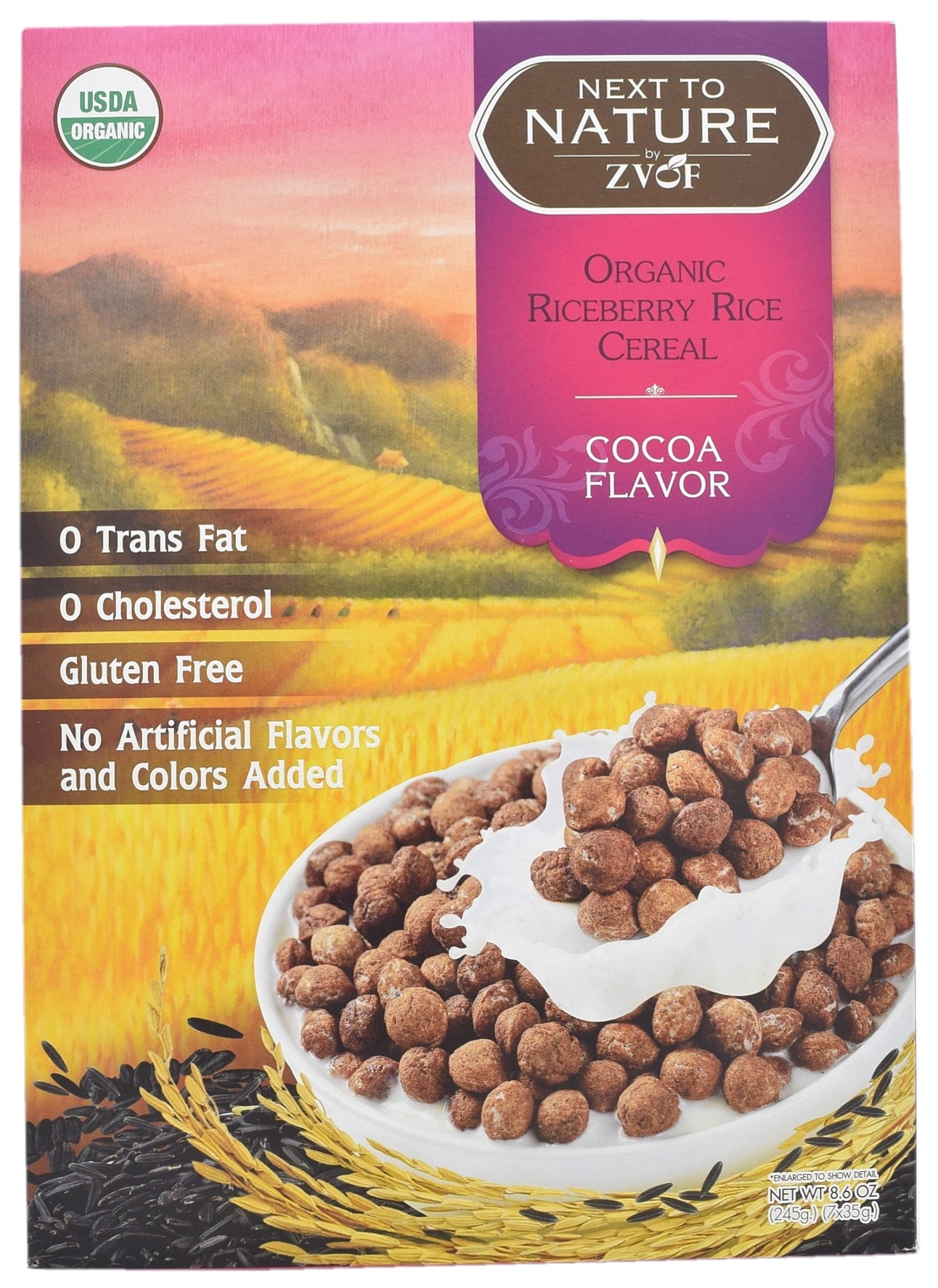Ancient grains have emerged in recent years as a popular superfood. The most common grains for grain-based food production are wheat, rice and corn. However, the use of ancient and new-breed grains such as quinoa, teff, amaranth, millet, and sorghum, has sparked a wave of interest among consumers. Following in the footsteps of these ‘super grains’, riceberry rice is now gaining attention.
Grown in Thailand, riceberry rice is a new rice variety that is black/purple in colour, and is aromatic, light and fluffy in texture when cooked. It also has a flavour akin to Thai jasmine rice, making it similar to traditional milled ‘white’ rice.
The grain has the potential to attain ‘super grain’ status thanks to its wholesome nutrition profile, which encourages consumers to consume more whole grains—an essential solution to preventing food-related chronic diseases. It is rich in antioxidants which support immunity and anti-ageing, and is high in fibre and bran oil to aid digestion.
Adding nutrition and colour to food and drink
Thailand saw the launch of what is claimed to be the country’s first riceberry drink in 2015. The Amazie Riceberry Drink uses riceberry extract and claims to preserve the essential nutrients that the ingredient offers. It claims to be rich in antioxidants as well as provides energy-boosting, digestive, and skin health benefits. In addition, Meiji also launched Meiji Start, a pasteurised milk drink with riceberry rice that contains fibre, protein, lesser sugar, and displays Thailand’s Healthier Choice logo on-pack.
[one_half]
Meiji Start Pasteurised Milk Drink with Riceberry
[/one_half]
[one_half]
Sunbites Plus Crispy Baked Rice Mixed with Riceberry
[/one_half]
Meanwhile, PepsiCo expanded its better-for-you snack line with the launch of Sunbites Plus—a rice snack containing riceberry and seaweed. The use of riceberry in the product is not only meant to give it better-for-you attributes, but also provide it with indulgent snack positioning and a distinct flavour.
Riceberry rice launches in Thailand
[one_half]
Lucky Me! Tom Klong Flavoured Udon with Riceberry
[/one_half]
[one_half]
Next to Nature by Zvof Cocoa Flavoured Organic Riceberry Rice Cereal
[/one_half]
The unique purple-black hue of riceberry rice gives it visual appeal in a market in which appearance is key. Colour is one of the most significant visual cues that contribute to the sensory appeal of food, allowing consumers to see its potential functionality, palatability and availability at a glance.
Because of its eye-catching colour and tasty, nutty flavour, riceberry rice is seeing increased usage in foodservice, where it is not only enjoyed plain as an accompaniment to a meat dish, but is also added to salads, where it compliments with other colourful vegetables. In desserts, riceberry rice also has potential as an alternative or substitute for white rice.
With this, opportunities exist for riceberry rice to flourish as a natural and visually appealing ingredient in food and drink products. Brands should be encouraged to explore the use of ingredients with vibrant colours like riceberry rice in making packaged products ‘insta-worthy’, while at the same time positioning their products with natural attributes that could pique consumers’ interest.
Despite low Western product innovation using riceberry rice, it nevertheless has strong potential. Beyond health benefits and visually appealing colour, riceberry rice has value-added attributes such as organic and wholegrain attributes that could appeal to Western consumers.
Stay on top of similar trends in the food and drink industry by registering for Fi Asia. Fi Asia, organised by UBM, is returning to Jakarta, Indonesia, from 3 to 5 October. The annual event is said to be the largest gathering of food ingredient suppliers in the ASEAN market, welcoming over 17,000 visitors and 750 exhibitors from across the world. Register for the event here at this link: Fi Asia 2018























![[WATCH] Trending ingredients to watch: Hydroxydecyl Ubiquinone](https://www.mintel.com/app/uploads/2023/06/Hydroxydecyl-Ubiquinone-艾地苯_Digital_Blog_1000x305.jpg)
![[WATCH] Trending ingredients to watch: Monk Fruit](https://www.mintel.com/app/uploads/2023/06/Monk-Fruit-罗汉果_Digital_Blog_1000x305.jpg)




















